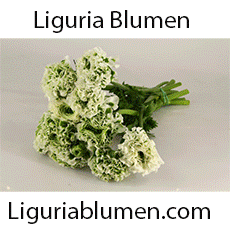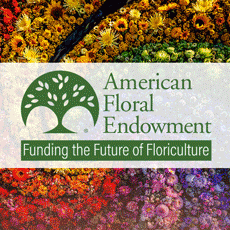AIPH’s International Vision Project (IVP) has identified the working-age population in North-America as one of the three target groups which have the scale and spending power to reshape global demand. However, the future working-age population in America consists of the Generation X, Millennials and Digital natives. As it is generally accepted that they will earn less than their parents, the question arises whether future Americans will be able to sustain their appetite for luxury items such as flowers and plants? FCI leads the investigation.
The 2030 working-age population has enjoyed a prosperous youth: They live in a wealthier country, enjoyed higher education, a relatively safe society with, by the swipe on their phone, instant access to nearly everyone and everything. Yet, in a monetary sense, they will be poorer than their parents. University and college enrollments are at an all-time high resulting in a total debt of student loans of 1,5 trillion USD, a sum that will constrain spending power for several generations. The youngsters of tomorrow will live with their parents longer, postpone marriage and buying their first home and have children at a later age. All of which will impact their shopping priorities and obviously their demand for ornamentals.
Biophilia
This raises an important question: Will Americans will be able to sustain their appetite for flowers and plants? Part of the answer lies with us as an industry and the way we communicate our value proposition. Income is not the only factor that drives demand for ornamentals. We humans have an innate need for green (called biophilia); we simply thrive better, are healthier and mentally happier surrounded by flowers, shrubs, and trees. A plethora of studies underpins our intrinsic need for green. Yet, we as an industry mainly position our products as luxury items. With this new consumer cohort looming on the horizon we can no longer afford to opt for a luxury positioning only, or we will be among the first items to fall off their shopping lists.
Functional benefits
We will collectively need to promote the functional benefits that plants have on health and well- being. The 2030 consumer will have an appetite to buy plants as a means to reducing their medical bills, improve their kids’ school performance or increase the value of their property. City councils will deploy green spaces to mitigate storm water, to improve safety and increase tax revenue from the increasing value of real estate. Thus, there is an opportunity for the industry to create value off an array of functional benefits. Meanwhile, weddings lavish floral design at weddings will continue to exist, but they will go hand in hand with an increasing demand for ‘functional’ flowers.
Looking a decade ahead
This transition will happen, but not overnight. The IVP research identified quite precisely where and when this will occur. This provides an opportunity to grow our industry, but it also requires initiatives to deal with short-term threats. The USA has had a tremendous shakeout of growers, with 16% fewer growers remaining since the last recession. Main reason; the margin squeeze of around 27%.
And that is today’s contradiction: a strong economy, with good demand, but with growers under considerable margin pressure. That requires courage of everyone in the industry to be visionary, to look a decade ahead and starting to invest today to prepare for that changing demand of 2030.
by Joep Hendricks and Dr. Charlie Hall



































